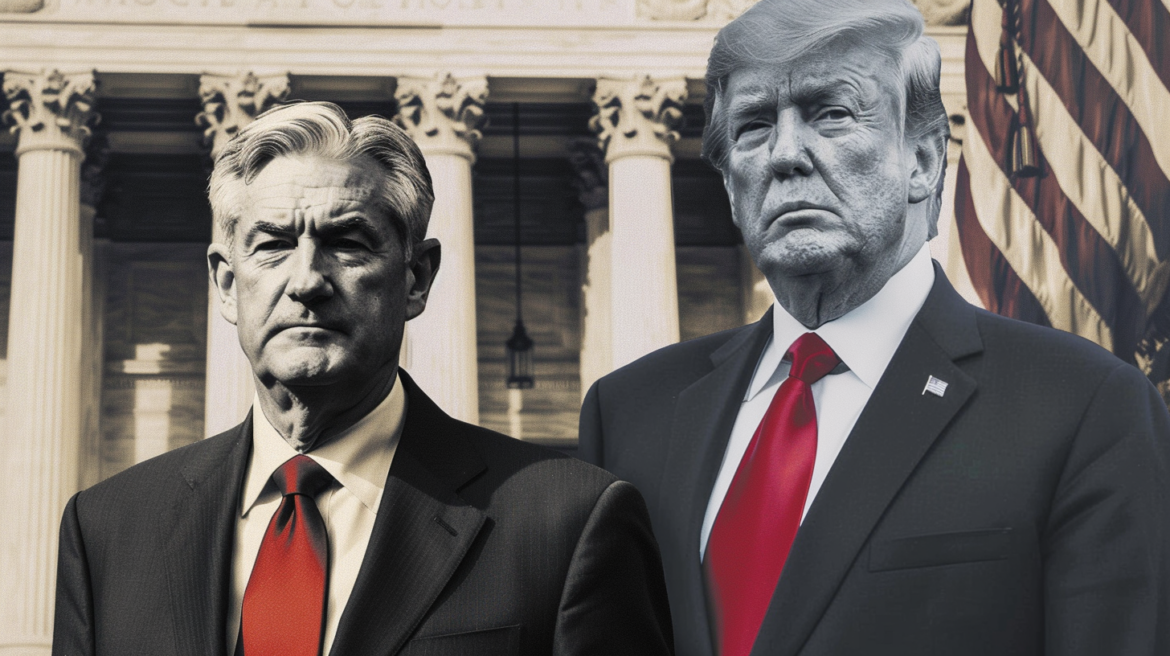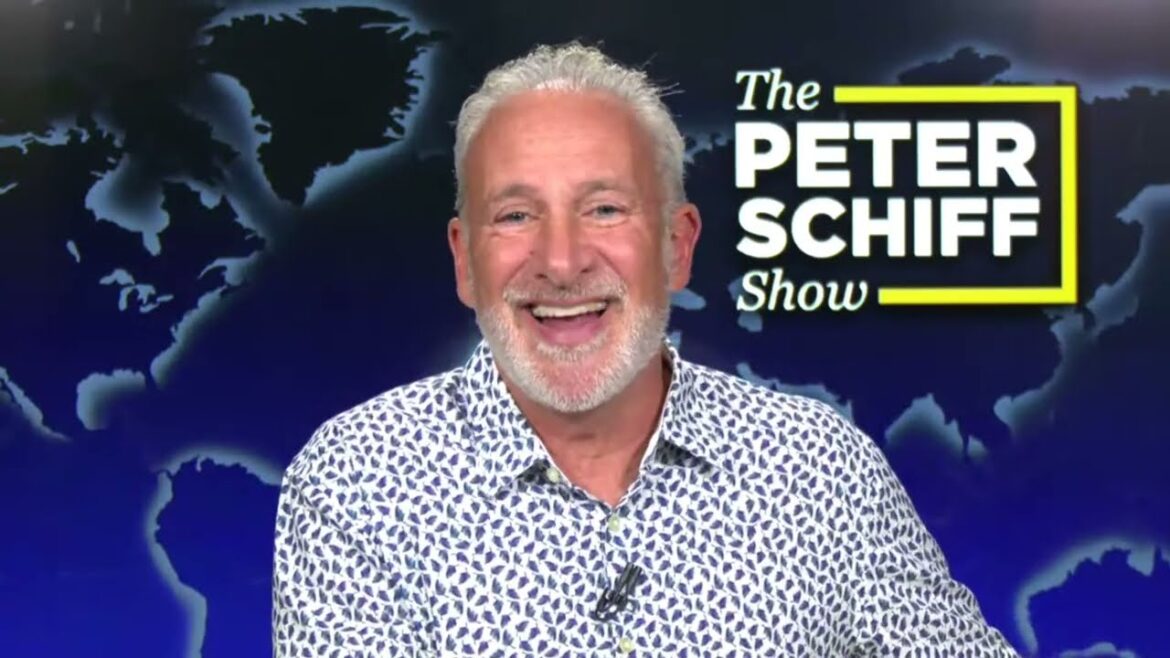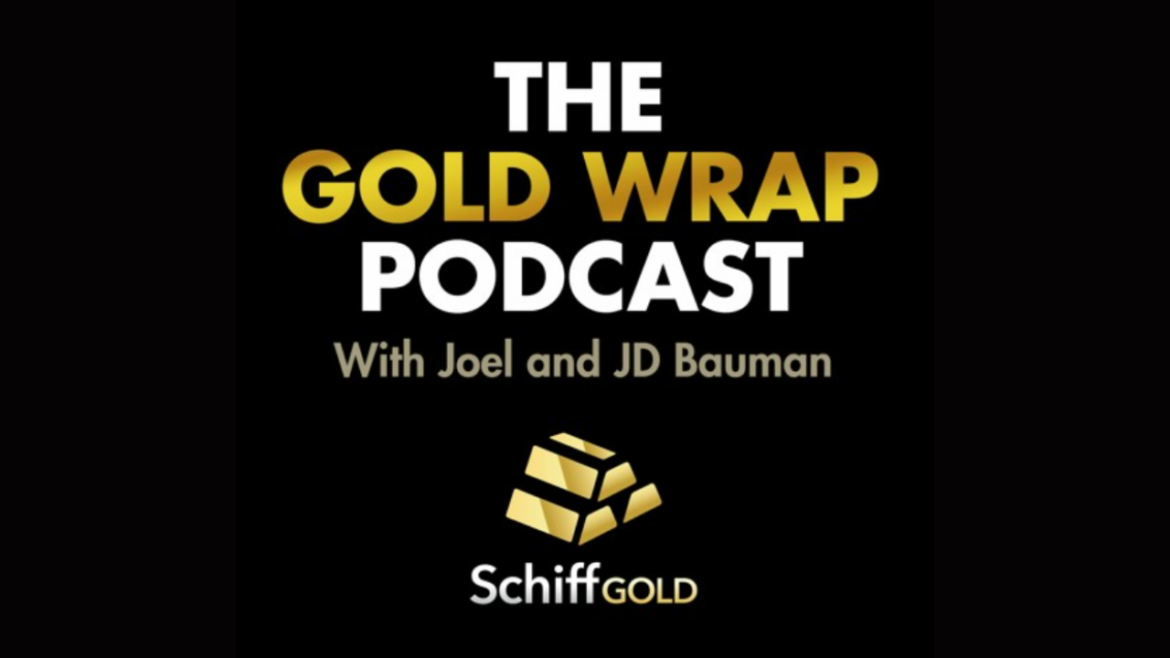Precious metals are apparently waking up. And here is where you can find the best deals.
Site:
Precious metals news
Mar 18, 2024 - 06:28:18 PDT
As we move into 2024, gold has seen an impressive rally, breaking the US$2,100 per ounce mark and nearing US$2,200, raising questions about its potential for further gains and increased investor interest. The past year, 2023, was notable for gold's resilience and performance, even amid high interest rates, setting new record levels and outshining most other asset classes except US equities. A key driver of gold demand has been its unwavering appeal in the jewelry sector, particularly in emerging markets like India and China, despite the significant price increase from US$250 in 1999 to US$2,000 now. This enduring interest suggests a market readiness for gold at these high price points.
Goldman Sachs anticipates the Bank of Japan (BOJ) will increase interest rates at its next meeting, marking the first rate hike since 2007. This prediction follows recent developments, including stronger wage outcomes and speculation fueled by news articles. The expected policy shift suggests the BOJ will abandon its negative interest rate policy, cease yield curve control, maintain current government bond purchase levels, and keep its exchange-traded fund holdings unchanged. This shift is backed by recent wage negotiations and diverges from previous expectations of a rate change in April.
The American office real estate market is experiencing significant challenges post-Covid-19, with vacancy rates soaring to 17%—higher than during the 2008 financial crisis. Despite this, forced sales of office buildings remain rare, with only 3.5% of office deals in 2023 involving distressed sellers. This is partly because a still-strong economy has allowed tenants to continue paying rent. However, as leases expire, many companies are downsizing their office space by 30% to 40%, suggesting that the market may face more stress in the future.
Looking Deep Inside The Workings Of Bitcoin Mining Engine... it's much worse than I first realized. While I reported last month that the Bitcoin Mining Industry really didn't make money in the previous year and a half, the situation moving forward is totally unsustainable...
The Federal Reserve is often viewed as a neutral guardian of the economy, tasked with safeguarding employment and ensuring stable prices. However, the Fed is run by individuals who, like anyone else, are swayed by certain motivations. Do the people behind the Fed truly have the incentive to remain impartial? Our guest commentator demystifies the notion of ‘Fed neutrality,' revealing the intersections of politics and policy within its operations.
 PALISADES RADIO BOB COLEMAN & STEVE ST. ANGELO ROUNDTABLE: Precious Metals Shortsqueeze & Trouble In The Wholesal...
PALISADES RADIO BOB COLEMAN & STEVE ST. ANGELO ROUNDTABLE: Precious Metals Shortsqueeze & Trouble In The Wholesal...March 16, 2024
To truly understand the troubling "Dislocation" between higher gold and silver prices and the hemorrhaging of the Wholesale-Dealer Industry, you must watch this roundtable discussion with Bob Coleman and I, hosted by Tom from Palisades Radio...
In this episode, Peter reacts to a hotter-than-expected CPI report, big trades in Bitcoin, and the federal bill that would ban the popular social media app TikTok. He also notes silver’s historically low price, which is nearly 50% of its 2011 high.
Global silver production is on track to rise by 4.1% to 916.1 million ounces in 2024. This growth is mainly due to the restart and increase of operations that paused in 2023. Expected production boosts in Mexico, the US, China, and Russia in 2024 will compensate for decreases in Peru, Argentina, and Kazakhstan. Mexico, which contributed 24.1% (211.6 million ounces) to the global silver supply in 2023, anticipates a recovery to 224 million ounces in 2024 after a 3.2% drop due to 2023's operational challenges.
Silver is currently near the $25 mark, signaling a potential upward breakout. This interest is partly due to expectations of the Federal Reserve's supportive monetary policies, which typically benefit precious metals. Unlike gold, silver's identity fluctuates between an industrial and a precious metal, influenced by current market trends. Presently, it's acting more as a precious metal, though green initiatives worldwide could also push its price. The $26 resistance level is significant, suggesting strong market defense against further increases.
In Florida, an increasing number of homeowners are looking to sell their properties quickly due to the deepening insurance crisis. Currently, Zillow lists 204,833 properties for sale, with 5,244 flagged by "motivated sellers" ready to accept offers below their listed prices. This surge indicates a notable shift in the market dynamics.
Treasury Secretary Janet Yellen has expressed regret for previously labeling the 2021 inflation spike as "transitory." This term, used by both Federal Reserve and Biden administration officials, was meant to indicate that the pandemic-induced price increases would be short-lived. Yellen admitted in a FOX Business Network interview that "transitory" may have been interpreted by the public to mean a matter of weeks or months, acknowledging that the situation has extended beyond those expectations.
Despite a slowdown in inflation, US consumers continue to struggle with high prices, spotlighting inflation as a key political challenge ahead of the upcoming elections. It's proving to be a major hurdle for the Federal Reserve's goal of achieving a gentle economic descent. In terms of voter priorities, inflation trails only immigration and the broader economic landscape, but it leads issues like foreign policy, climate change, taxes, healthcare, and crime, as found in a recent Wall Street Journal poll. This sentiment is echoed in President Joe Biden's approval ratings on inflation management, with a striking 60% of voters expressing disapproval in a late February survey of over 1,700 registered voters.
Despite a recent uptick in inflation, the consensus among economists surveyed by Bloomberg is that the Federal Reserve will enact three rate cuts this year and another four in 2025. The expectation is for the Federal Open Market Committee to maintain the current rate between 5.25% and 5.5% in their next meeting, marking a fifth period of steadiness, with the initial reduction anticipated in June. A strong majority of these economists foresee at least three cuts in 2024, although over a third predict two or fewer.
Copper's price has leapt over the $9,000 mark, buoyed by a near 5% rise this week, thanks to looming supply shortages. This rebound snaps a long period of stagnation, sparking optimism that we might be steering clear of the global economic downturn's worst, especially for copper. This metal's demand is skyrocketing due to its critical role in the booming electric vehicle and renewable energy sectors.
Goldman Sachs' CEO, David Solomon, is eyeing a prosperous 2024, banking on a surge in capital markets activity to drive gains. In his annual shareholder letter, Solomon highlighted the bank's sharpened focus on its bread-and-butter: global banking and markets, along with asset and wealth management. He points out that the cost of capital has significantly risen, a shift markets are currently navigating, thanks to the end of lenient monetary policies.
The Bank of Japan is reportedly gearing up to bid farewell to its negative interest rate policy during the March 18-19 meeting, per Jiji news agency. This potential shift comes as major companies announce significant wage hikes, surpassing last year's increases. Such positive salary trends could provide the BOJ the flexibility it needs to adjust its cornerstone policy.
Gold's value has skyrocketed, reaching unparalleled peaks amid a storm of geopolitical unrest, anticipation of interest rate cuts, and a surge in algorithmic trading. Investors now face the pivotal question: Will gold's lustrous rally continue or dim? Currently, gold futures are dazzling at $2,164.5 per troy ounce, marking a 9.1% increase over the past month and a 14% rise year-over-year. While some experts predict even loftier heights for gold in the coming months, there's a camp cautioning a potential short-term retreat in its value.
JD and Joel discuss hotter-than-expected inflation data, Peter's recent podcast, TikTok, Twitter, and gold and silver price action.
 BIG EVENTS TAKING PLACE IN SILVER MARKET UPDATE MAR 15th: Stunning Surge Of Indian Silver Imports & Silver Shortsqueeze...
BIG EVENTS TAKING PLACE IN SILVER MARKET UPDATE MAR 15th: Stunning Surge Of Indian Silver Imports & Silver Shortsqueeze...March 15, 2024
While India imported a record stunning amount of silver last month, the Wholesale-Dealer Retail Bullion Industry continues to hemorrhage as the silver price heads even higher. Unfortunately, virtually NOBODY is talking about this except a few highly respected individuals in the industry...
Doomsday preppers, known for their readiness for any catastrophe, are increasingly turning to gold bars as a staple in their survival kits. This trend towards gold—and silver—isn't just a reaction to favorable market conditions. Experts interpret the growing interest in these metals as a reflection of broader societal anxieties and a search for stability amidst uncertainty. Timothy Morton, a philosopher and ecologist, captures the sentiment: "In a world perceived as unstable, people crave something enduring."










